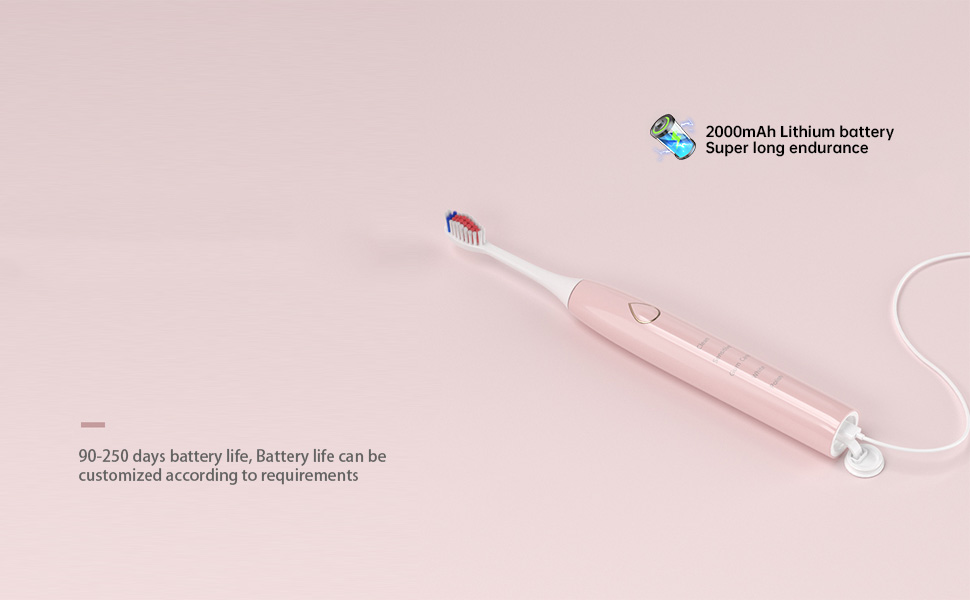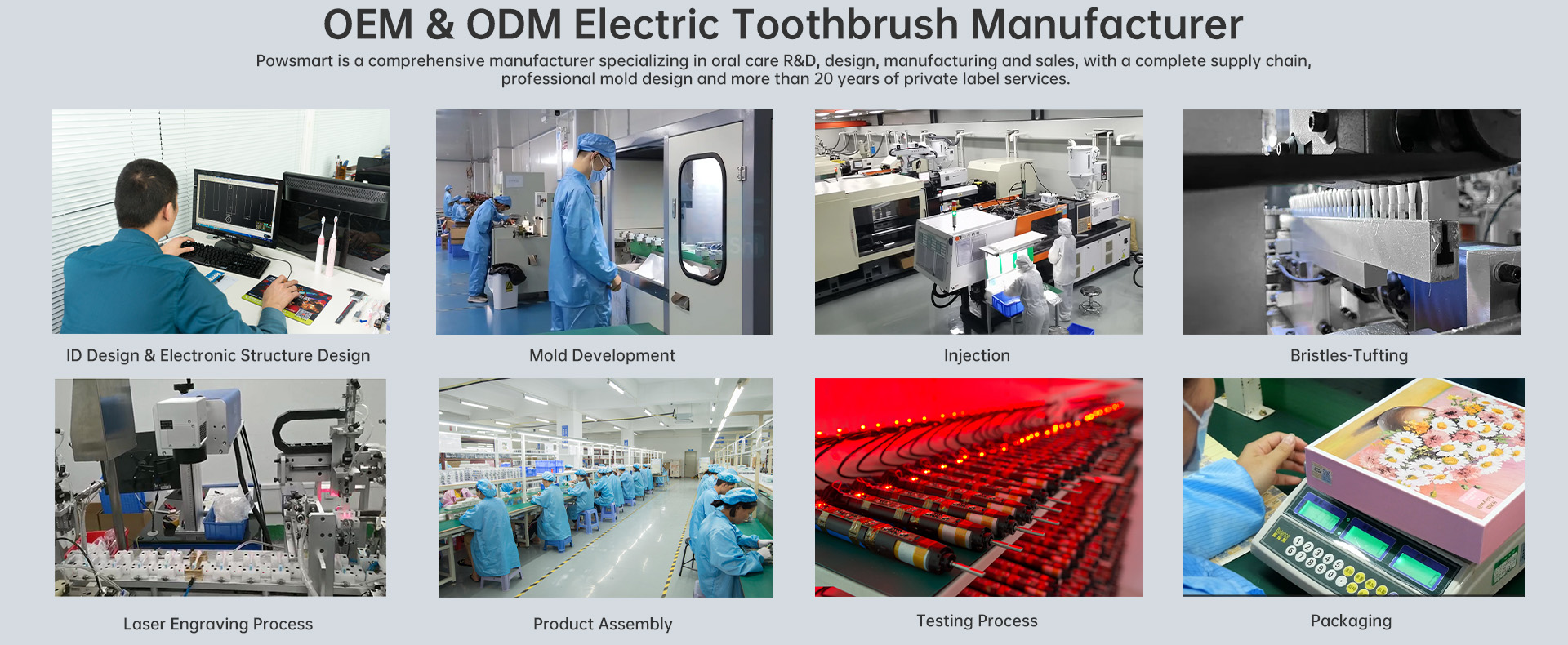As B2B manufacturers and distributors in the oral care industry, ensuring the reliability and hygiene of water flossers is a top priority. A growing concern among users—and a crucial quality control point for suppliers—is reservoir mold growth and its potential to cause nozzle clogging. These issues not only impact user satisfaction but can lead to product returns, brand damage, and even health risks. In this blog, we explore the root causes, consequences, and solutions related to mold buildup in water flosser tanks and its impact on spray performance.
The reservoir of a water flosser is a moist, enclosed environment—ideal conditions for microbial growth. When users fail to regularly clean and dry the tank, residual water combined with oral debris creates a perfect breeding ground for reservoir mold. Over time, fungal growth adheres to the inner walls and base of the tank, especially in hard-to-reach crevices, leading to hygiene hazards and operational issues.
Mold growth doesn’t just affect the tank’s cleanliness—it poses a mechanical risk. Once fungal spores or biofilm fragments break free, they travel with the water through the flosser’s internal tubing and can result in nozzle clogging. The spray tip, designed to deliver a precise stream, becomes partially or completely blocked, degrading cleaning efficiency and pressure control. In severe cases, the device may stop working altogether.
From a consumer health standpoint, reservoir mold may introduce allergens, bacteria, or mold spores into the oral cavity. Immunocompromised users, children, or those with oral wounds are especially vulnerable. Repeated exposure can cause oral infections, bad breath, or even systemic issues. This makes regular cleaning and mold-resistant design a necessity—not a luxury.Company web: https://www.powsmart.com/product/electric-toothbrush/
Manufacturers must be aware that the following design and material flaws can accelerate mildew buildup:
These oversights can increase customer complaints and hurt product ratings.
-1024x1024.jpg)
To avoid post-market issues, it’s essential for B2B manufacturers to implement strict mold resistance and nozzle flow tests:
Such testing not only ensures reliability but also strengthens your pitch to safety-conscious retailers and markets.
Addressing mold and clogging issues involves a two-pronged approach:
Engineering Upgrades:
User Instructions & Packaging Enhancements:
By improving both product design and user habits, the risks of reservoir mold and nozzle clogging can be significantly minimized.
While often overlooked, reservoir mold is a real issue that can cause nozzle clogging, impact user health, and compromise brand trust. For B2B buyers and manufacturers, recognizing and solving this risk early in the production and design phase is vital. Implementing better materials, smarter designs, and clear aftercare guidance ensures higher product quality and greater customer satisfaction.

How to Find High-quality Electric Toothbrush Factories for Cooperation?
Why Does Waterproof Failure Cause Pressure Fluctuation in Water Flossers?
.jpg)
Developing an Electric Toothbrush Sourcing Strategy?
Light Burns Cause Bite Misalignment? Whitener Safety Controversy!
Does a Water Flosser Require Regular Maintenance? How Should It Be Cleaned?

Exploring electric toothbrush supplier evaluation?

Development Guide for Long-Endurance Electric Toothbrushes: How Can Long Battery Life Become a Standard Feature in the High-End Market?
Are Child safety Electric Toothbrushes Made from Materials?
Noise Complaints from Handle Corrosion? A Silent Threat Uncovered!
Hose Cracks Causing Water Pressure Instability?
.jpg)
Real-Time Brushing Tracking: How Smart Toothbrushes Improve Oral Care

Can Travel Electric Toothbrush’s Waterproof Failure Cause Circuit Corrosion?

How to Create High-premium Oral Care Products through the Concept of “Treating Yourself Well”?

Best Dentist-Recommended Braces Cleaning Products for Braces Wearers

Electric Toothbrush & Water Flosser Combination Set: How to Increase the Average Transaction Value through Scenario-Based oral care products Design?

Electric Toothbrush Head Customization Solution and Range

Electric toothbrush heads Charcoal Infused-Diamond

Private Label Whitening Gel

electric toothbrush heads Deep Clean

electric toothbrush heads Regular Clean
.jpg)
Florida Electric Toothbrush – Powsmart PTR-C8

electric toothbrush heads Charcoal Infuse-Round

electric toothbrush heads Ultra Soft

Customization Teeth Whitening Gel
whstapp
whstapp
National Toll-Free Service Hotline
+86 755 86238638